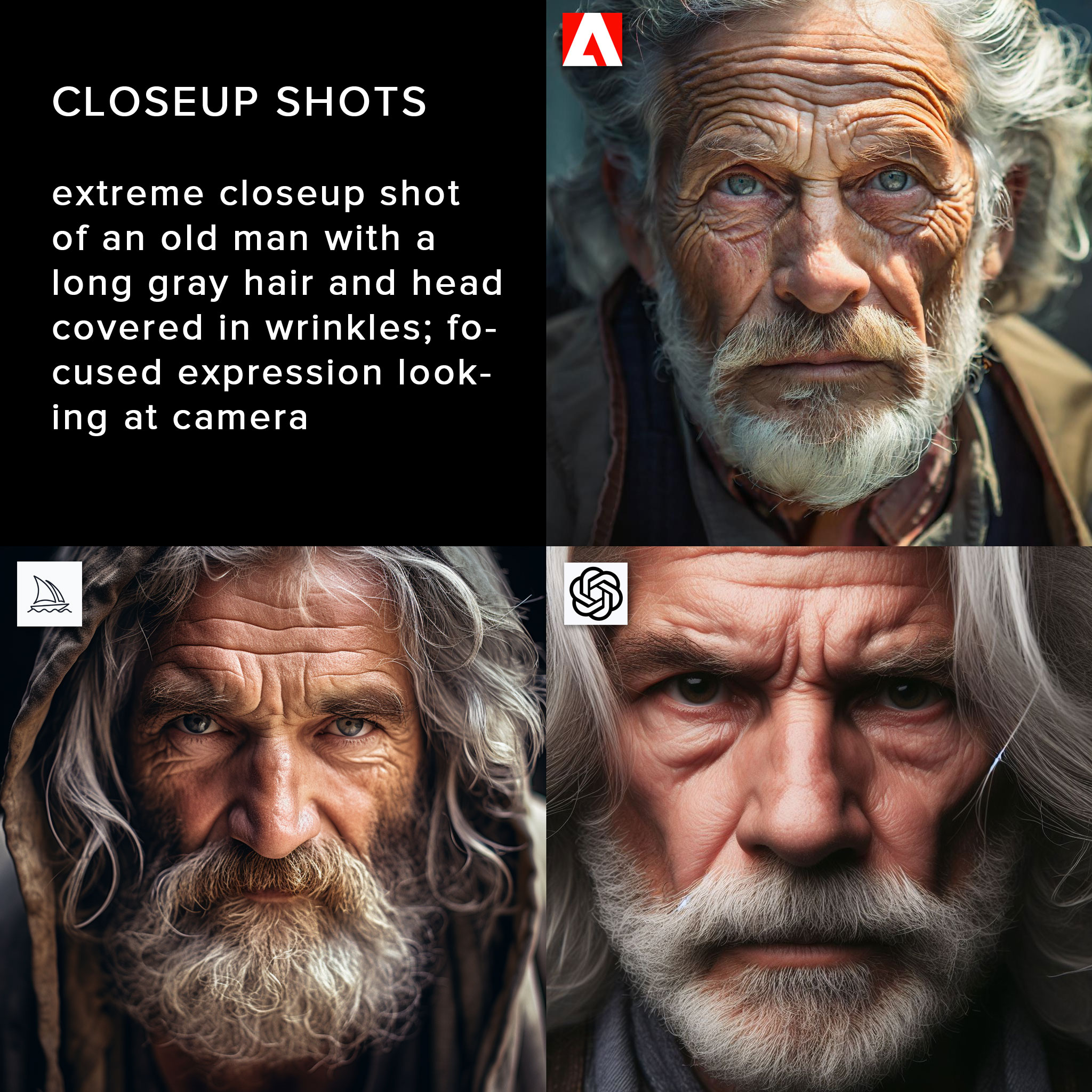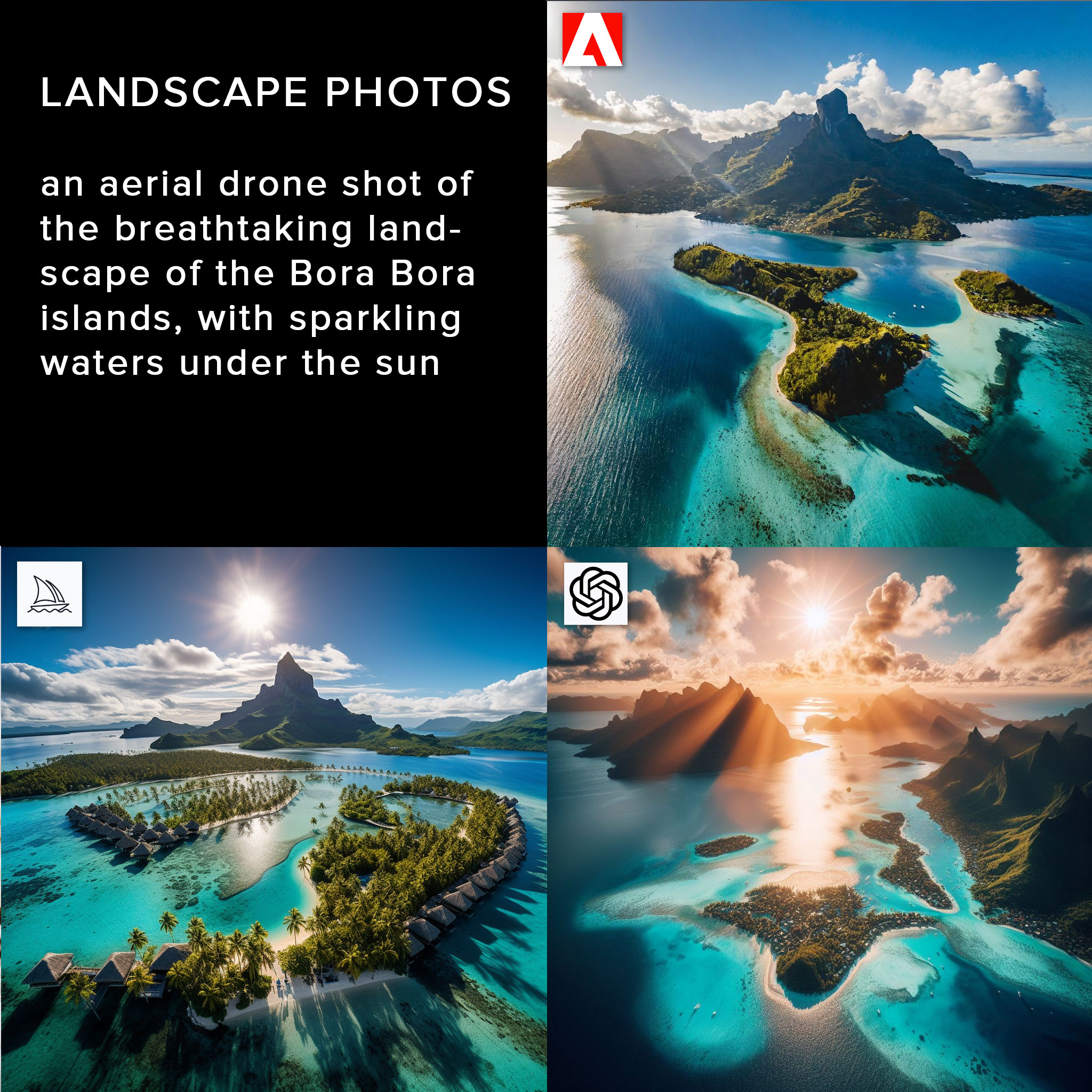On Oct. 10 Adobe unveiled Firefly Image 2, representing a significant upgrade to their AI-powered image generation tool. The improved model delivers higher-quality outputs through enhancements to model architecture, training algorithms, and image generation capabilities.
One of the biggest improvements in Firefly Image 2 is the ability to produce more photorealistic images. The model has more knowledge about real-world objects and scenes, allowing it to render more realistic details. It also boasts upgrades for generating high-quality portraits with skin, hair, eyes, hands, and body shape enhancements.
Firefly Image 2 generates images with richer, more vibrant colors and improved dynamic range. It can produce intricate detailing without oversaturating the image. An Auto mode for Content-Type automatically selects the ideal settings like Photo or Art to fit the prompt.
New Photo Settings in Firefly Image 2 give users more granular control over simulated camera parameters like aperture, shutter speed, and field of view. This allows tweaking the depth of field, composition, and other photographic qualities.
Other new capabilities streamline workflows. Prompt Suggestions auto-complete prompts to steer images in new creative directions. Negative Prompts allow specifying terms to be excluded from the generated image. Saving directly to Creative Cloud Libraries makes reusing images easier than before.
According to an Oct. 11 analysis by AI educator Chase Lean, Firefly 2 generates more realistic photos compared to Midjourney and DALL-E 3. It also excels at product shots, interior designs, text generation, and wildlife photos.

Midjourney produced superior landscape photos with more atmospheric lighting. DALL-E 3 remains the leader for vector graphics and pixel art. For coloring pages, Firefly 2 and DALL-E 3 are both strong choices.

In summary, Firefly Image 2 represents a major leap forward for Adobe’s AI image generation capabilities. It outperforms many competitors for photorealism and photographic control. The upgrade further cements Adobe’s commitment to developing AI products, as also showed during the recent unveiling of the firm’s AI for upscaling low-resolution videos, enhancing their quality and clarity.
Featured Image Credit: Photo by Jack Redgate; Pexels; Thank you!










